According to the United States Geological Survey, hundreds and sometimes even thousands of earthquakes occur every year, more than a dozen of which are considered major, devastating quakes.
Most people believe they know what to do when an earthquake hits, such as standing in the home’s doorway. However, experts say the doorway is not actually the safest place during an earthquake – here’s where they say you should go instead.
An Increase in Seismic Activity Means More Earthquakes

The United States Geological Survey (USGS) reports that our planet has seen an increase in seismic activity this year, which means more earthquakes, both big and small, all over the globe.
In May 2024, a terrifying 4.8-magnitude earthquake hit New York and New Jersey, and even rattled residents as far north as Boston. Millions ran for cover in their doorways that day, but experts want everyone to understand just how unsafe that position is.
Finding Safety in a Doorway During an Earthquake Is a Myth
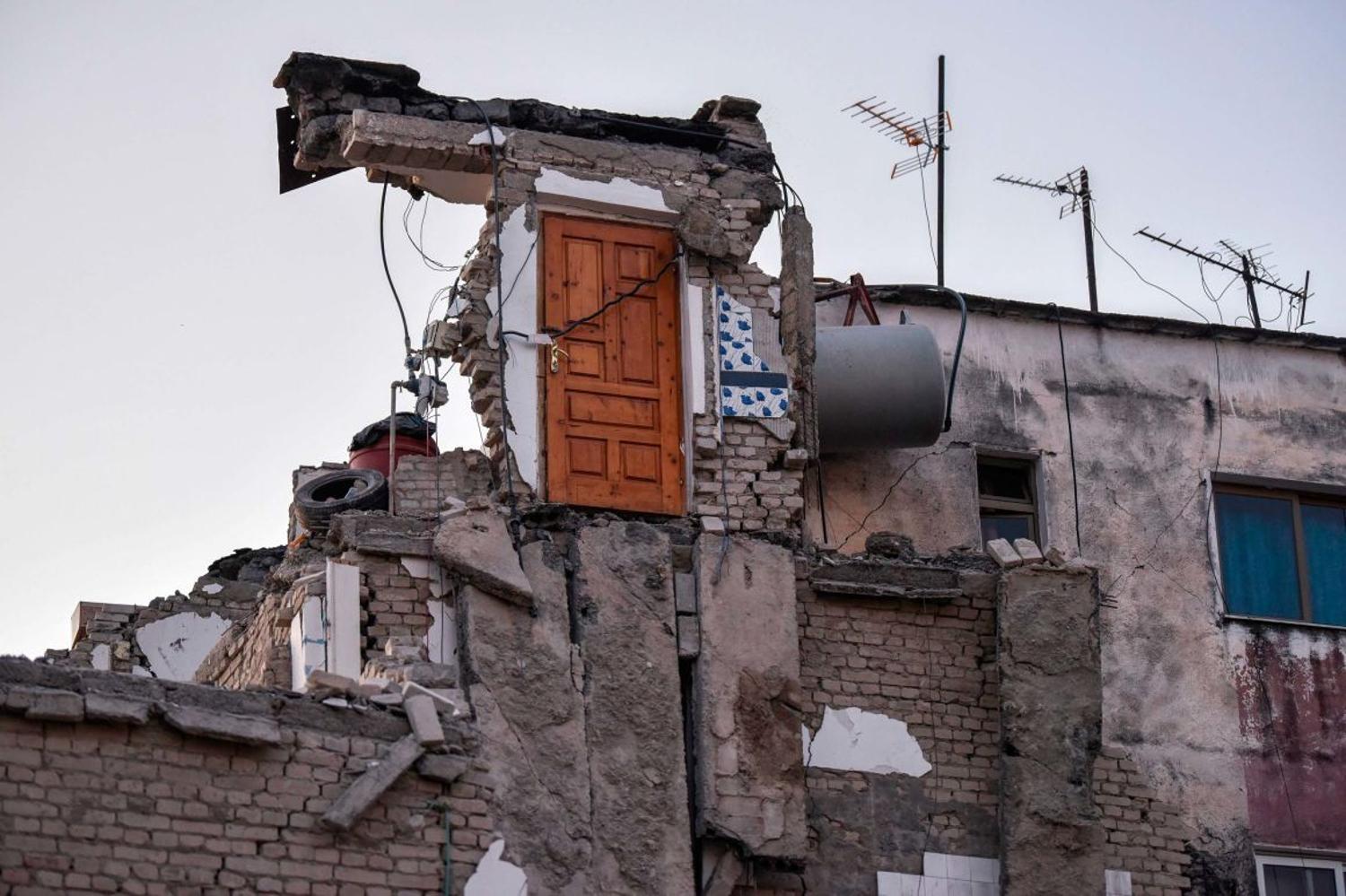
Supposedly, a photograph of a California home in which the entire house had fallen to pieces, except for the doorway, sparked the myth that standing in a doorway is the safest place during an earthquake.
However, this is truly nothing more than a myth. Standing in the doorway of a home or business is not the safest place during an earthquake.
Doorways Are no Safer Than Other Parts of the Home
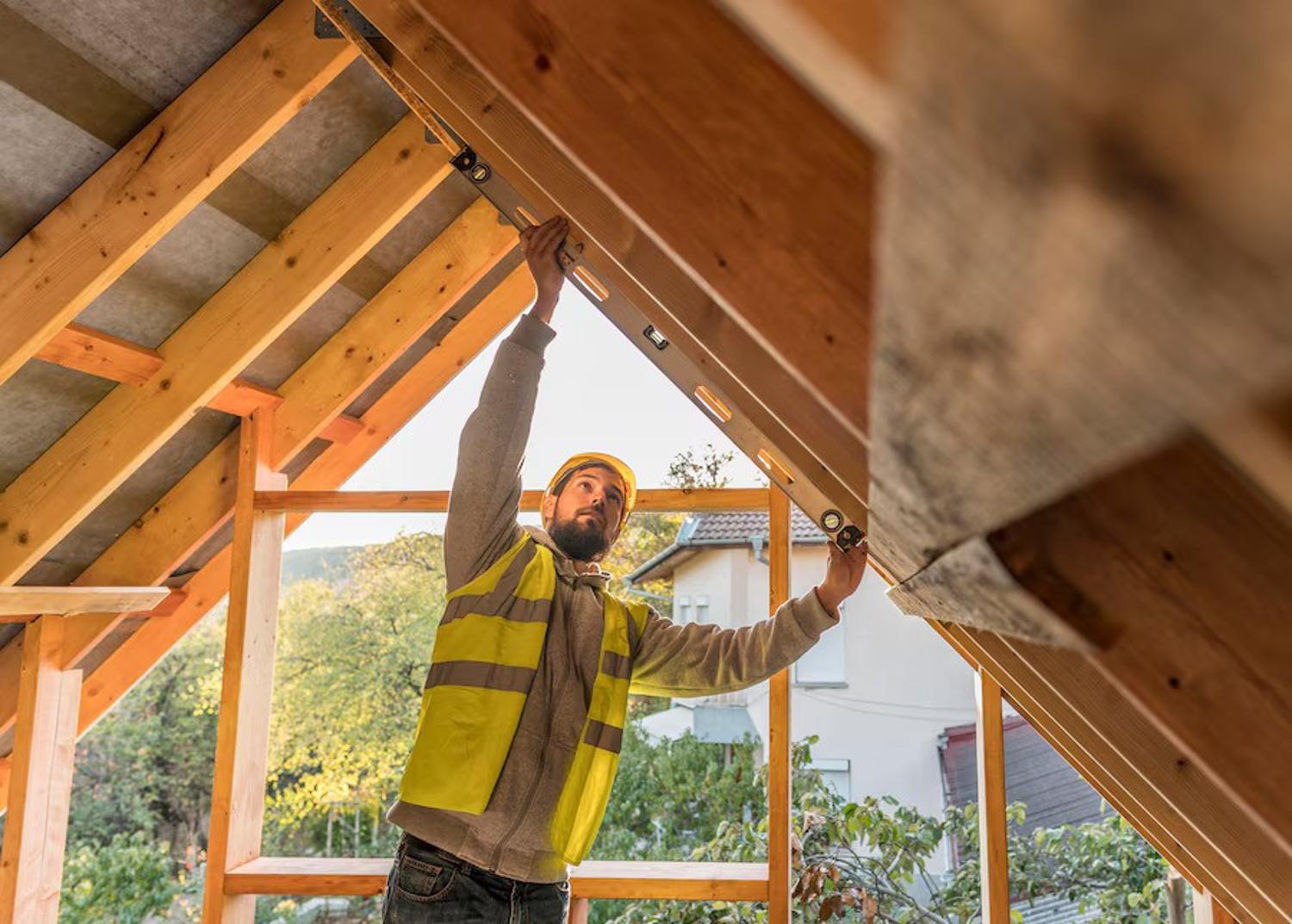
It’s important to note that, technically, in some older homes, the door frames are slightly stronger than the rest of the home. But that is not true for modern houses.
The doorways in homes built in the last hundred or even two hundred years are no more stable than the rest of the house. In fact, experts say anywhere there’s an opening, like a door or window, is actually more likely to have structural weakness.
The CDC Says to Stay Inside, Away From the Doorway

The US Centers for Disease Control and Prevention (CDC) explained, “In modern houses, doorways are no stronger than any other part of the house. Doorways do not protect you from the most likely source of injury − falling or flying objects.”
Lingsen Meng, an earthquake expert and UCLA professor, confirmed that people should not run to their doorways during an earthquake because “usually in a building, wherever we have an opening, whether a window or a door, that’s a structural weakness in the building.”
Do Not Run Outside During an Earthquake
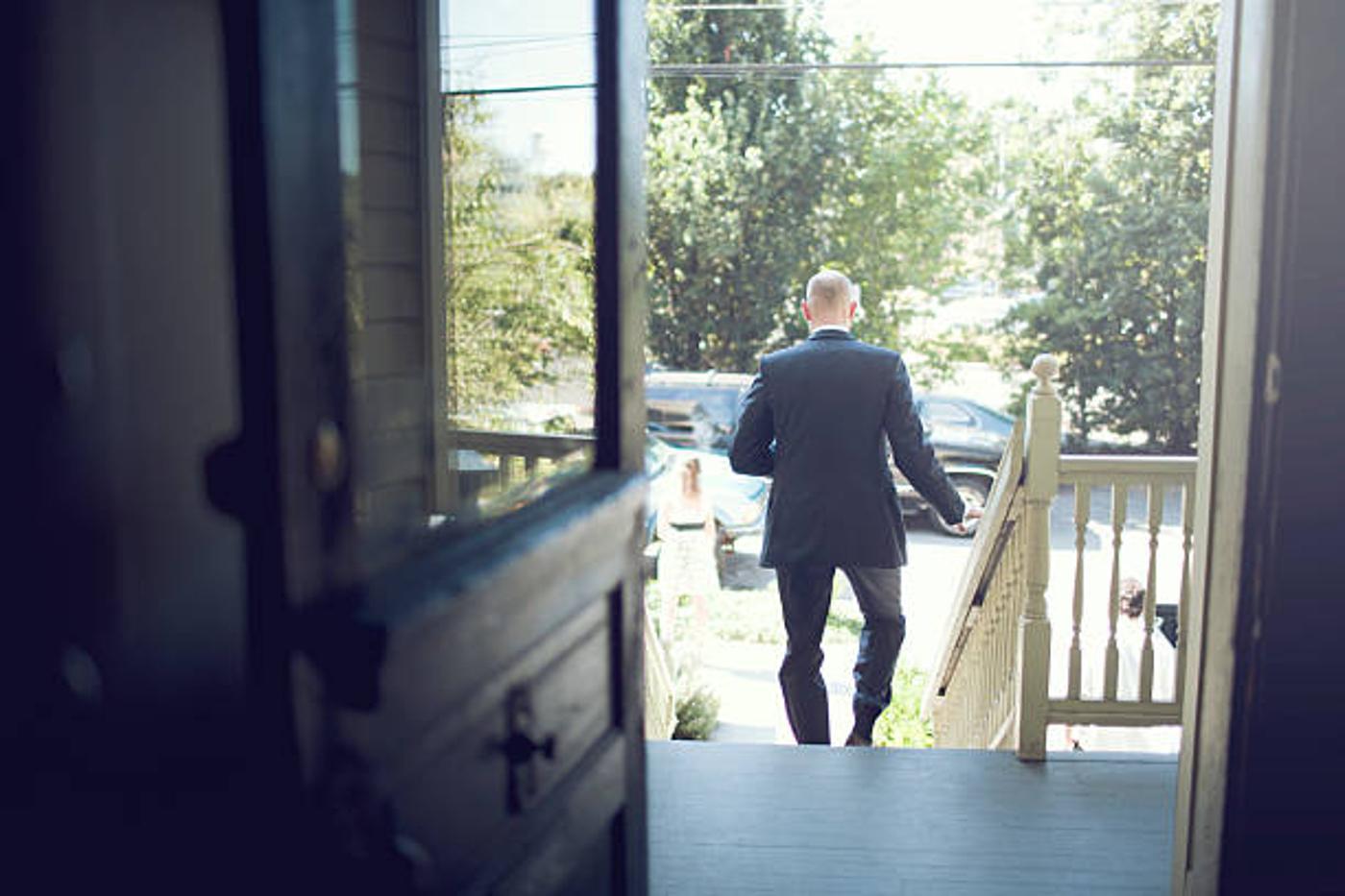
Another myth the CDC has debunked is that people should immediately run outside during an earthquake. In fact, experts say people should never go outside during an earthquake.
Not only can running through the doorway be extremely dangerous, but being outside is actually far less safe than remaining indoors.
What to Do When an Earthquake Hits
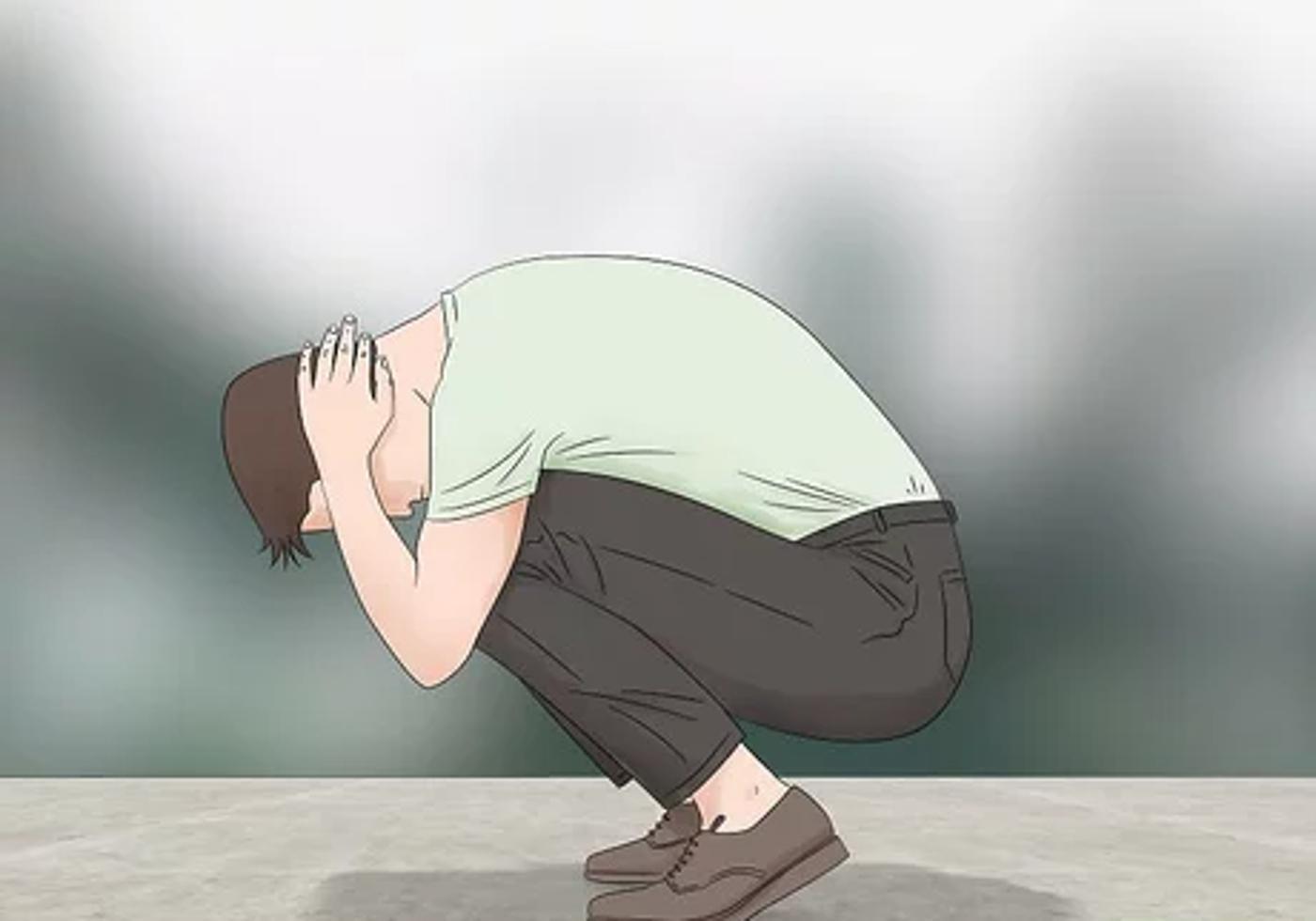
Now that you know what not to do, it’s even more important to learn what experts recommend you should do when an earthquake hits.
For those inside a one or two-story home, don’t move between rooms or floors; simply crouch down where you are and cover your head. Experts say you should be in position within three to four seconds from the start of the quake.
The Best Position Is Under a Table
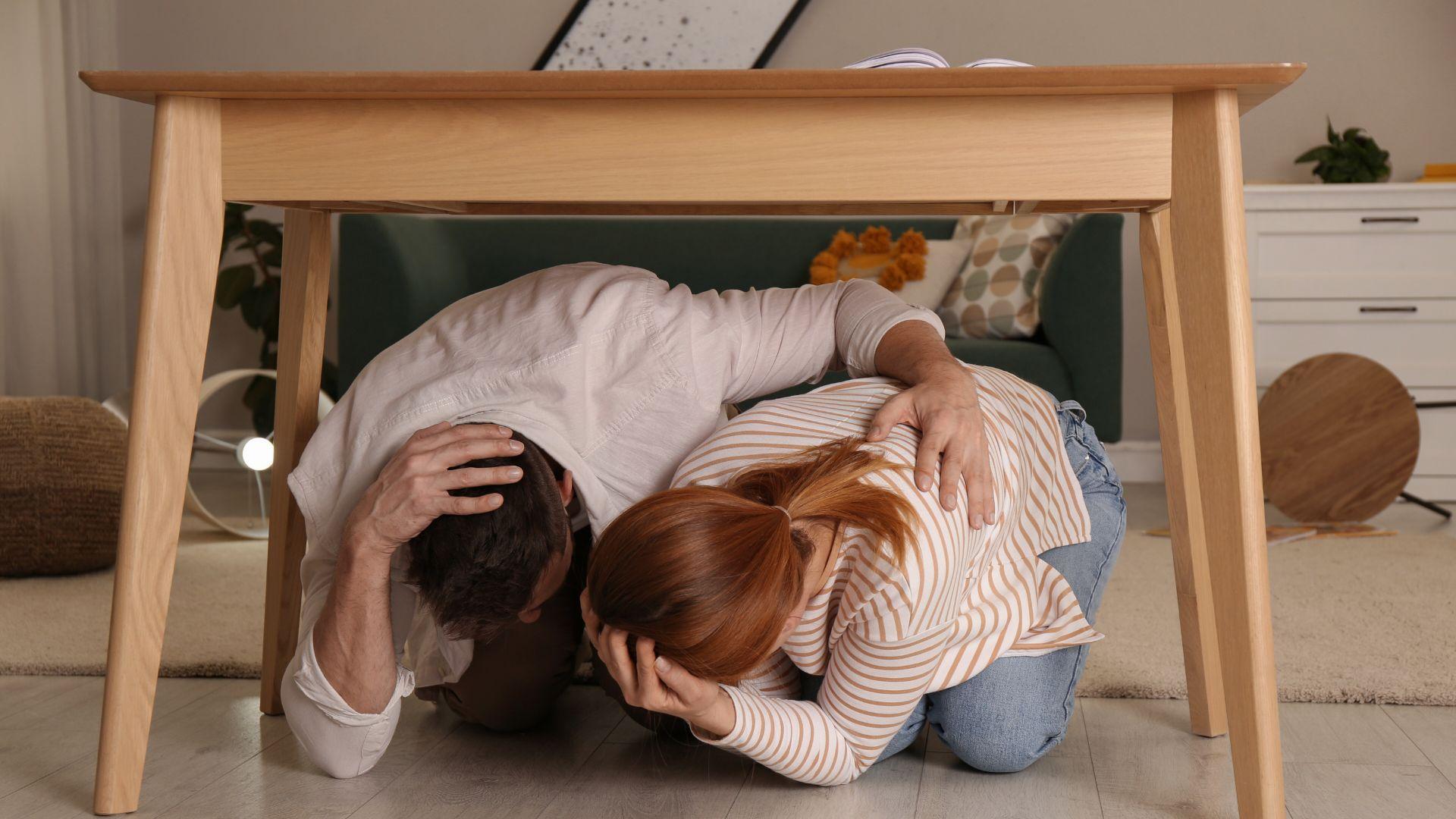
If a table or another piece of furniture that can protect you from falling objects but will not collapse on top of you is nearby, you should crawl under it as quickly as possible.
Under the table, maintain your crouched position, taking up as little space as possible, and continue to cover your head and neck with your hands until the shaking subsides.
Use the Same Protective Position Outside
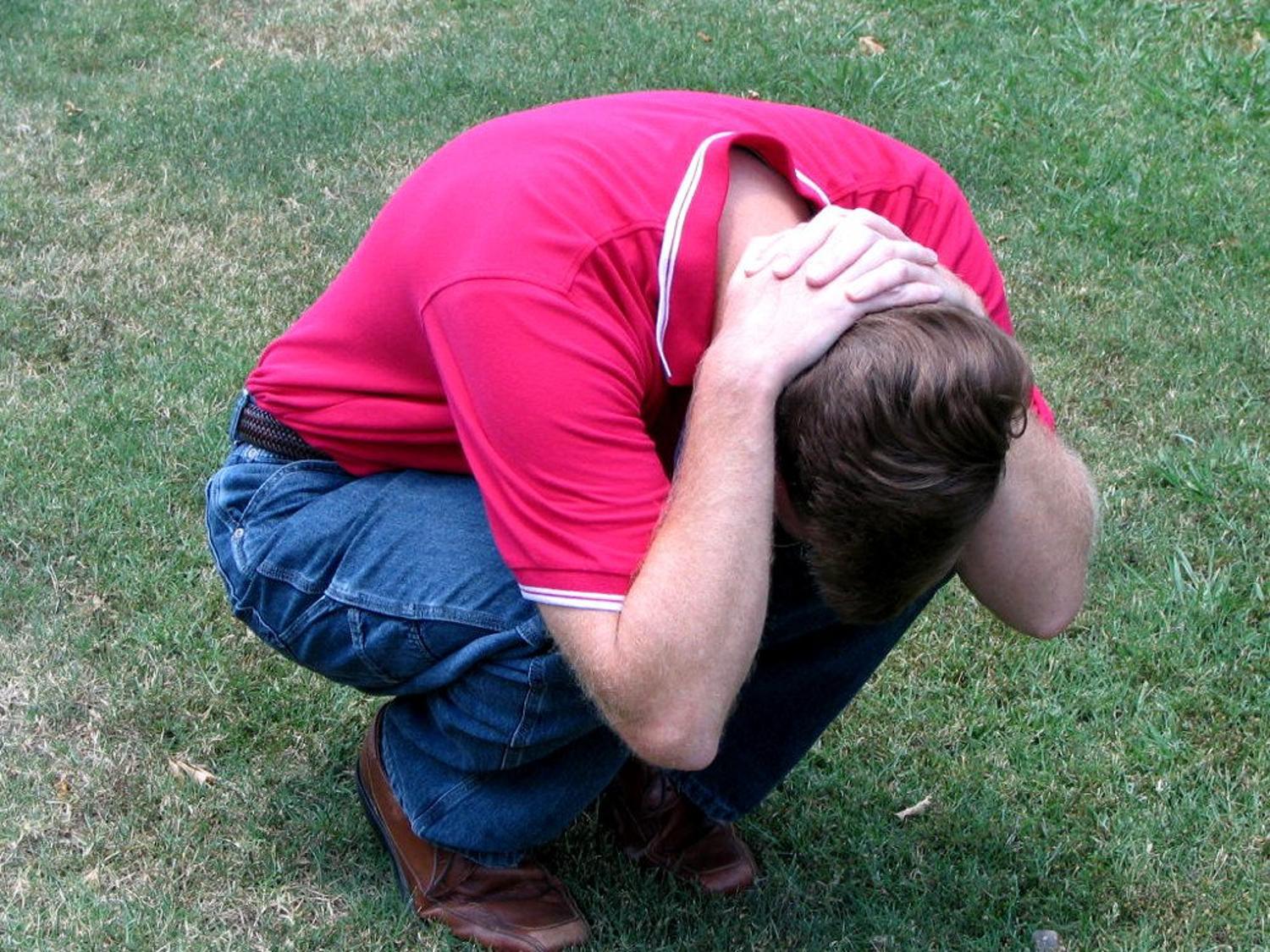
Those who find themselves outside during an earthquake should also use the crouch and cover method.
While some experts recommend moving away from buildings and trees into an open space, it’s best to stay where you are if the quaking is intense. Remember, the goal is to get into position almost immediately.
What to Do If an Earthquake Hits While You’re Driving

If you’re driving your car when the earthquake hits, the first thing you should do is quickly but calmly pull over to the shoulder or curb and park the car. Don’t park under an overpass or on a bridge unless absolutely necessary.
Then, stay in the car until the shaking stops. While it may feel uncomfortable because you will feel your car moving from side to side, it really is the safest place to be when on the road.
What to Do in a Highrise During an Earthquake

While you may want to get to the ground floor in a high rise during an earthquake, staying on whatever floor you are on is far safer.
Being higher up doesn’t necessarily mean you’re in a worse position, and the best thing you can do is find a safe position in just a few seconds. A study in Japan showed that moving as little as 10 feet during an earthquake significantly increased the odds of injury.
Be Wary of Aftershocks
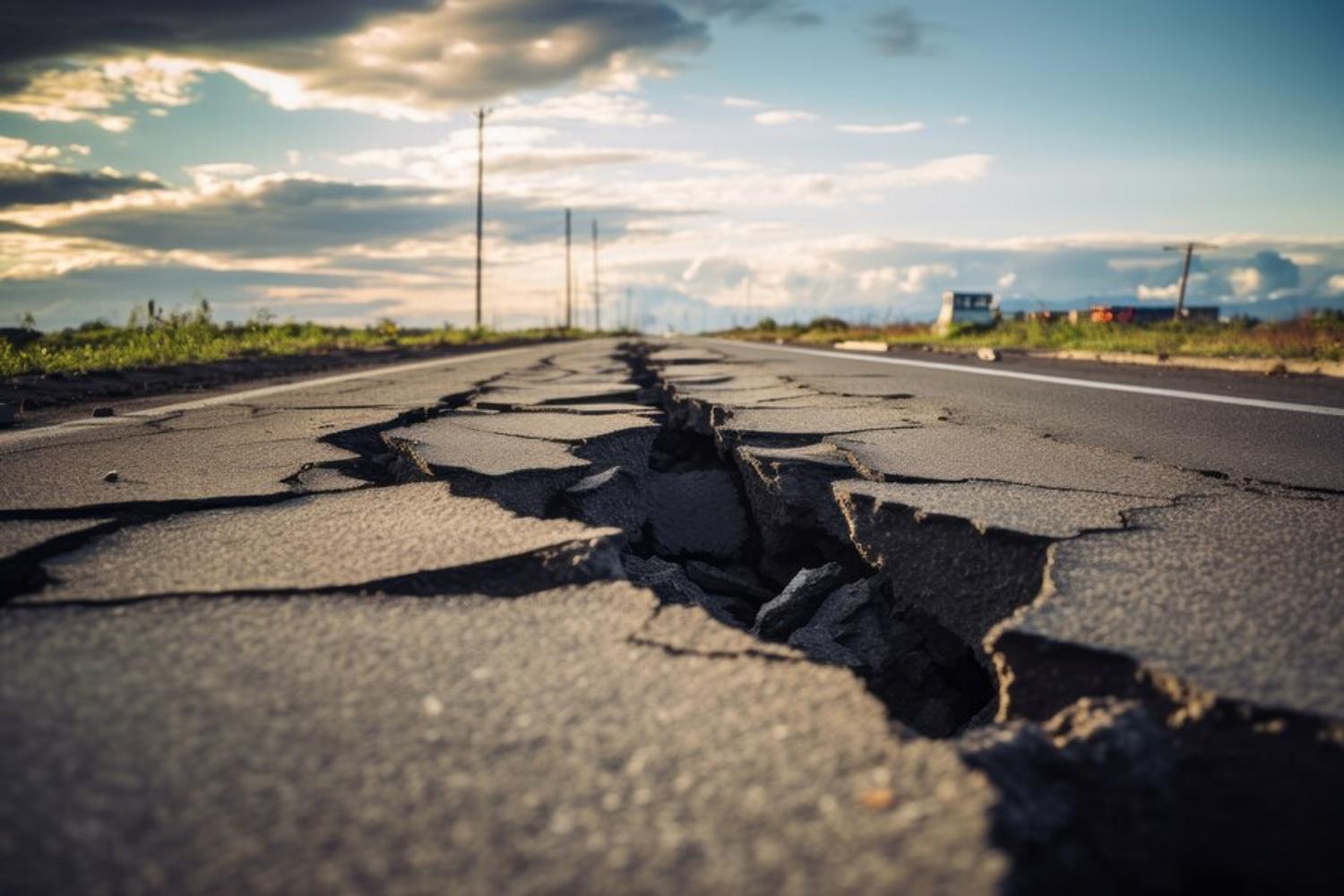
Generally, earthquakes only last between 10 and 30 seconds. However, big and small aftershocks can occur directly after the quake or even hours later.
You cannot and should not stay in your protective position for hours, but as you get up and move about the home, outside, or start driving your car again, it’s exceptionally important you are physically and mentally prepared to feel another jolt at any time.








































